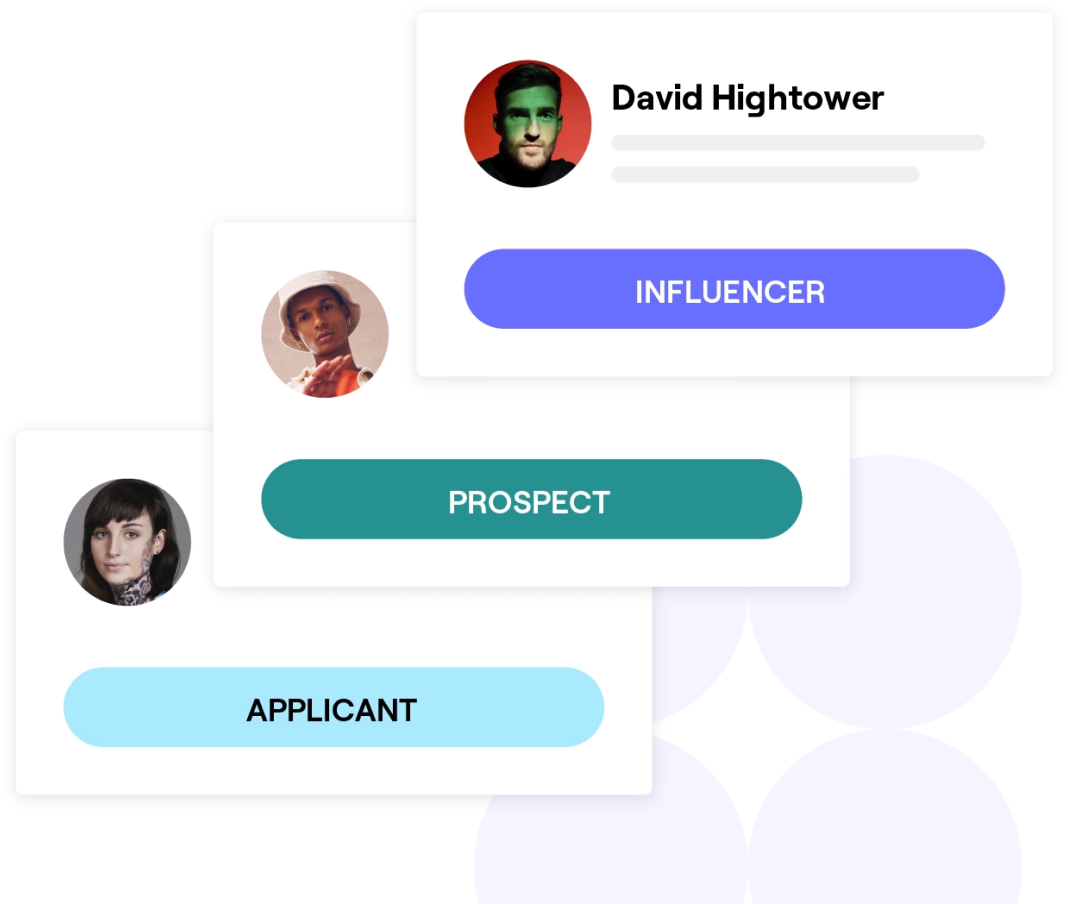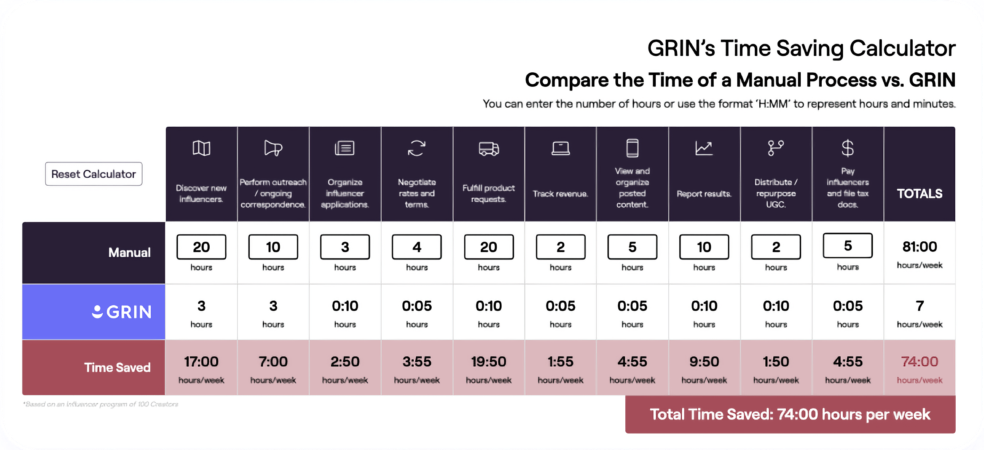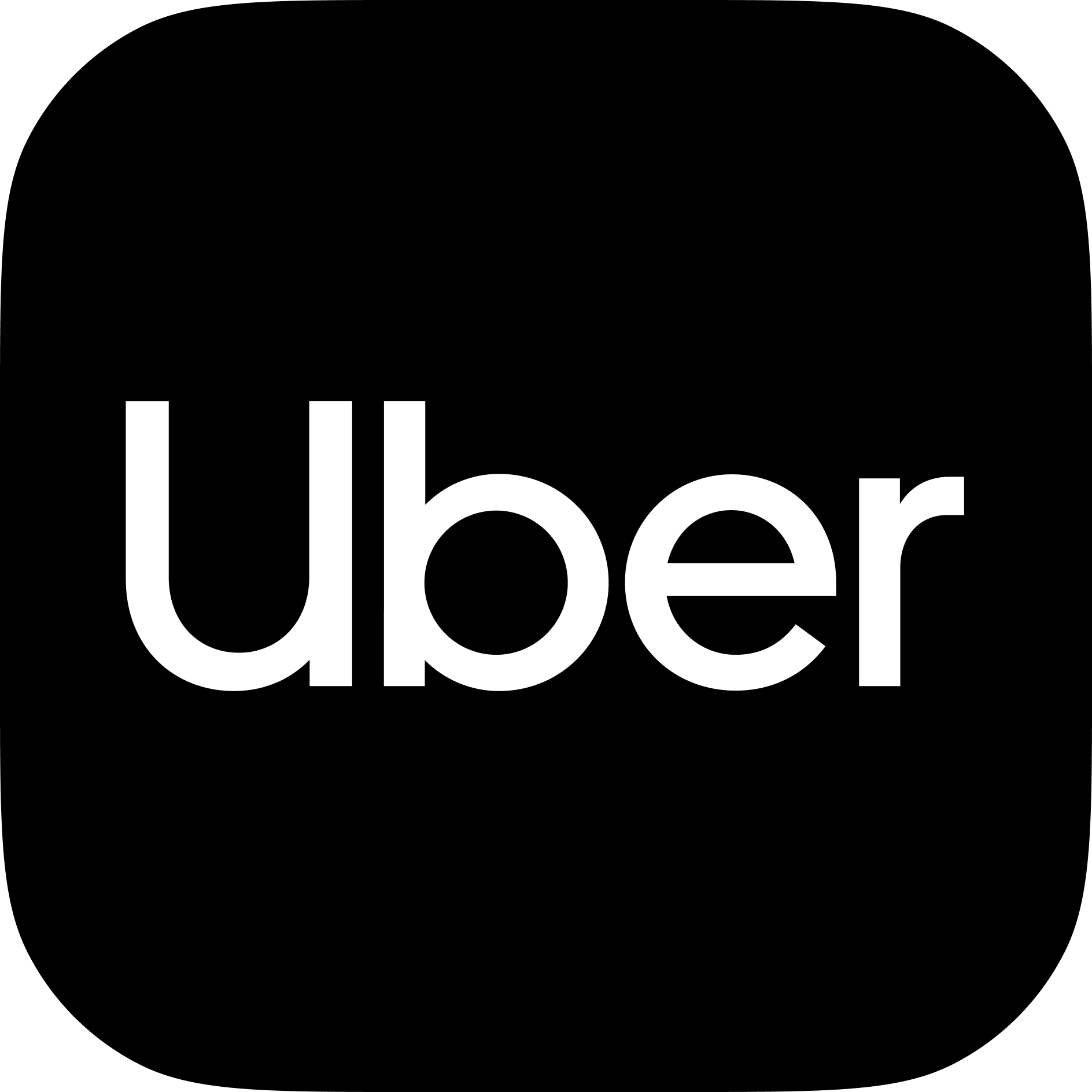With a looming recession, marketers nationwide are tightening their belts and looking for ways to maximize returns on a shrinking budget. At times, it might seem like squeezing water from a stone. But with careful planning and the right tools, you’ll be swimming in conversions in no time. Let’s dive in to your ecommerce marketing budget.
Ecommerce marketing stats you should know
First off, let’s get familiar with the ecommerce landscape so you can get a better idea of how to plan your digital marketing budget. Here are a few stats to consider as you begin the process.
Retail ecommerce sales are expected to surpass $6.3 billion in 2023.
There are plenty of retail ecommerce dollars to go around. Researchers expect sales to exceed $6.3 billion in 2023—a 112% increase over the last five years. By 2026, that number should swell to more than $8 billion.
Nearly half of all ecommerce sales come from mobile devices.
Mobile ecommerce, also known as Mcommerce, is also on the rise. More than 43% of online shoppers reported buying products from their mobile devices in 2022, underscoring the importance of a seamless smartphone shopping experience, as well as an easy-to-use web experience.
The average conversion rate on ecommerce websites was 2.5% in 2022.
If your ecommerce website conversion rate is somewhere around 2.5%, you’re batting about average. Keep in mind that industries with the lowest conversion rates are home furniture and luxury apparel and accessories (~1%), while the highest is food and beverage 4.6%.
Half of younger consumers buy products from social media.
If you want to reach younger consumers, you better have a solid social media marketing strategy. More than 50% of Gen Z and Millennial consumers reported buying products from social media, whereas Gen X (38%) and Baby Boomers (22%) were far less likely.
Most companies will increase their marketing budgets this year.
Despite a volatile economy, 54% of companies interviewed in a recent survey said they expect to increase their marketing budgets in 2023, while 29% expect their budgets to stay the same. The study also found that companies allocate about 66% of marketing budgets to digital channels.
Brands spend an average of 10% of their net revenue on marketing.
On average, brands spend about 10% of their net revenue on marketing. This number will likely be lower for a large company with good name recognition. A young company looking to get the word out will probably be somewhere in the teens, at least.

15 tips for optimizing your digital marketing budget
OK, now it’s time to hammer down that budget. Here are some tips to get you started.
1. Define clear goals.
You have to have clear goals and milestones you expect to hit along the way if you want to get your budget in order. Otherwise, you won’t even know what you’re optimizing.
Some common goals might include:
- Increased brand awareness: Ensure your budget leaves enough room for strategies that help you reach a wider audience.
- More leads and sales: Your budget should prioritize marketing strategies that drive conversions.
- Customer retention: Don’t neglect your fans. Focus on strategies that will keep them coming back.
- Higher ROI: What strategies give you the most bang for your buck? Identify and focus on them.
- Always be testing: You never know when a crazy idea might end up being brilliant. Save some room in the budget to experiment.
Check out our new tool: Free CPM Calculator
2. Research your target audience.
Take plenty of time to get to know your target audience so you know who is most worthy of your marketing dollars. Who is buying your product? What makes them tick?
Start with the basics:
- Age
- Gender
- Location
- Income
- Education
- Interests
- Preferred social channels
- Pain points
- Communication preferences
3. Choose your channels wisely.
Determine which channels and what type of content your audience likes to engage with most. Is it Instagram, blogs, newsletters, email marketing, or something else? Chances are it will be a combination of multiple channels, so it’s up to you to decide which are most fruitful and allocate your dollars accordingly.
4. Prioritize your budget.
When you’ve figured out which channels your audience prefers, allocate the most funds to the most popular channel and work your way down. For example, if your audience spends most of their time on Instagram, you’ll want to pour most of your marketing funds into Instagram ads and influencer marketing.
5. Create quality content.
There are a couple of different strategies you can implement to get the most out of your content marketing budget.
First, you’ll want to focus on creating fun and engaging content. Think about things that are easily digestible and entertaining as something is mindlessly scrolling on your phone.
Next, you’ll want to dig a little deeper. Go back to your audience’s pain points and come up with content that will help them solve common issues. This will help you establish yourself as an expert in your industry and help you establish more trust and credibility with your audience.
6. Automate your workflows.
A manual process for certain marketing workflows makes sense for young brands, but as you scale, you’ll need to automate wherever possible to avoid adding unnecessary headcount and free up bandwidth for your employees already on staff.
Some commonly automated workflows include:
- Email marketing: Trigger automated messages and follow-ups to eliminate some of the back-and-forths with clients and prospects.
- Social media scheduling: Set it and forget it.
- Lead generation: Many brands leverage tools like landing pages and web forms to capture leads and automatically add them to their marketing processes.
- Analytics: There are many popular tools that will help aggregate all the data from your marketing campaigns and programs to help you determine success and optimize your approach accordingly.
7. Focus on retention.
Your biggest fans are also your best customers. Do everything you can to encourage repeat purchases, whether through loyalty programs, personalized offers, or anything else that will make your audience feel valued.
8. Stay up on the latest trends.
Keeping up with the latest trends will help you stay ahead of the competition and identify opportunities while they are still cost-effective. Plus, by being able to predict future industry trends, you can bail on strategies that have run their course before you end up wasting your budget on them.
9. Create a top-notch web experience.
An optimal bounce rate is somewhere between 26-40%. There could be a number of reasons why your bounce rate is on the higher side, but double-checking your web experience is a good place to start. Ensure your website and mobile app are intuitive and checkout is easy. Otherwise, you could be leaving dollars on the table.
10. Offer incentives and promotions.
Incentives and promotions might cost you some money upfront but are a great way to attract new customers, retain existing ones, and increase brand engagement.
Some tried-and-true incentives and promotions include:
- Discount codes and coupons to pique consumer interest.
- Free samples to help people fall in love with your product before they commit.
- Referral programs to reward customers for sharing the love with friends and family.
- Contests and giveaways for an exciting chance to win free merch.
- Limited-time offers to give consumers a sense of urgency.
11. Collaborate with influencers.
Collaborating with influencers is one of the most cost-effective strategies available to marketers. Leveraging creators who know your brand, use your products, and genuinely believe in both will provide the social proof you need to build serious love with your target audience with content that resonates.
There are tons of reasons why your brand should optimize your influencer program, and we’ll get to some more of them shortly.
12.Offer a personalized experience.
According to research by Epsilon, 80% of consumers say they are more likely to buy from a company if it offers them a personalized experience. After collecting adequate data on your target audience, you should be able to offer more personalized recommendations, product offerings, and web experiences to increase customer satisfaction and loyalty.
13. Optimize your campaigns.
Make sure you’re keeping a close eye on your campaigns so you can tweak them when necessary to ensure you’re getting the best ROI from your efforts. Leverage A/B testing, automated analytics tools, and whatever else you can find to get a clear picture of your campaign and program performance.
14. Evaluate the results.
There is no such thing as a throwaway campaign. Even if a strategy didn’t get the results you wanted, there is always something to learn. Take plenty of time to debrief with your team after a campaign to evaluate what you did well, what needs improvement, and the steps you can take to ensure a bulletproof strategy moving forward.
How influencer marketing helps optimize your ecommerce marketing budget
Find a content creator for any budget.
Regardless of budget, there are content creators out there for you. If you’ve got plenty of cash on hand, you can collaborate with macro or celebrity influencers and blast your message out to millions of followers. It’s a quick way to increase brand awareness and a safe bet for getting some earned media and conversations started about your brand.
But most brands probably don’t have the budget to partner with many household names in the creator economy. If that’s the case, plenty of nano and micro influencers can be just as effective at helping you reach your goals. Not only are these creators cheaper to work with, but they tend to have a more personal relationship with their followers, who trust them when it comes to honest product recommendations.
Target your reach.
Collaborating with influencers is a great way to hyper-target your reach.
For example:
- Reach your target audience. Determine exactly what your target audience looks like. Feel free to get as granular as possible. Then, go after content creators who match your ideal customer to ensure you’re reaching the relevant audience.
- Reach new audiences. Say you’re a women’s clothing brand that just released a new line of men’s products. Reaching out to male creators who fit your customer profile is a great way to break into the new market and start generating buzz.
- Retain your existing audience. Influencers are known for strong engagement with their audiences. Partnering with them keeps your brand in the conversation and helps you stay top of mind with your customers.
Lower cart abandonment rates.
Research shows that about seven out of 10 online shoppers fail to complete a purchase after adding an item to their cart. But don’t worry, influencers can help.
Leveraging content creators helps provide the social proof needed to get consumers off the fence about a product they’ve been going back and forth on. In other words, if it’s good enough for their favorite creator to get the results they’re looking for, the shopper can be confident it will be good enough for them, too.
Accumulate quality content for the entire marketing team.
Creator content goes beyond social media. When done right, creators can make life easier for everyone on the marketing team. Just consider all the amazing content you can accumulate for your website, newsletters, email marketing, paid ads, and more. The possibilities are endless! Just make sure you get the necessary content rights before repurposing creator content throughout your marketing funnel.
Stand out in a saturated market.
If creators are using your product with great success, consumers will notice. And you’ll get an extra bonus if audiences view the creator as an expert in their field.
For example, if you’re one of Dwayne Johnson’s 369 million followers, chances are you’ve seen him promoting his Under Armour partnership. If Under Armour is good enough to help The Rock make gains, it’s good enough for you and me, too.
But there are plenty of “expert” creators out there who are far more attainable (and affordable) than someone like Johnson. The key is getting your products in their hands so they can show their audience how amazing they are.
Key takeaway: Carefully plan your digital marketing budget and optimize it by leveraging influencers.
Optimizing a digital marketing budget starts with careful planning. Once you understand your goals and target audience, you can experiment with the most cost-effective ways to reach them.
Frugal marketers have found that leveraging influencers is one of the most budget-friendly options for generating brand awareness and driving sales. By partnering with content creators with genuine brand affinity, they can pass their excitement for your products on to an engaged audience eager to try something new or make a repeat purchase.

















